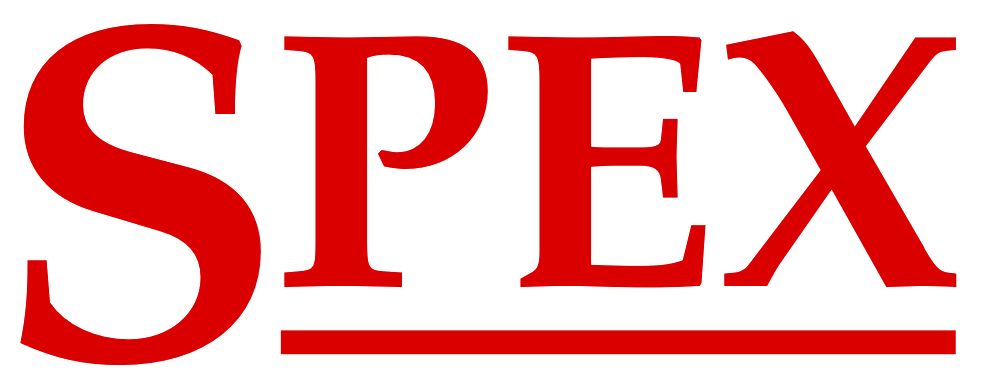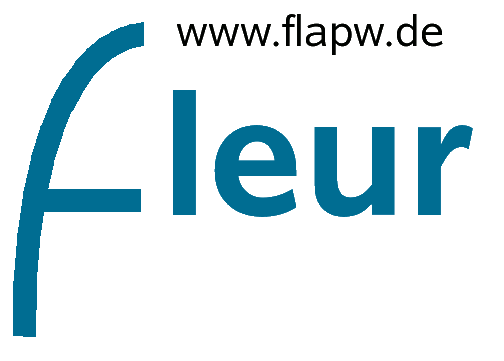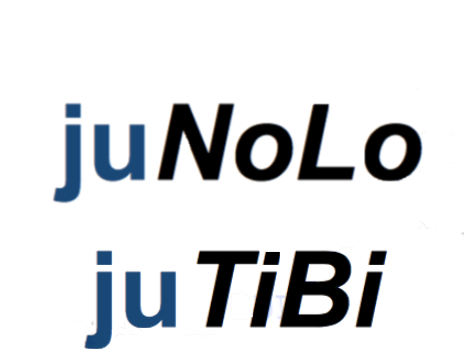Electronic structure codes developed at the Forschungszentum Jülich
About juDFT
JuDFT contains a collection of codes that have been developed and are maintained by the department Quantum Theory of Materials of the Peter Grünberg Institut and the Institute of Advanced simulation.
Code Description
Supported Codes
Within juDFT we provide several DFT codes and codes that can be used together with these DFT codes in a multiscale simulation approach
to simulate the atomic, electronic and magnetic properties of complex solids.
Fleur
Based on the Full-potential Linearized Augmented Plane Wave (FLAPW) method
FLEUR is developed at Forschungszentum Juelich in the Institute of Advanced Simulation and has its main applicability
in the field of magnetism, thin films and surfaces. Extensions are available for calculations using the GW-approximation,
hybrid functionals and OEP-EEX, or to calculate magnetic response or electronic transport.
In addition to the standard FLAPW code two separate codes are available:
 Spex is an independent program and part of the Jülich FLAPW code family.
It gives access to theoretical spectra and quasiparticle properties employing TDDFT and the GW approximation.
Spex is an independent program and part of the Jülich FLAPW code family.
It gives access to theoretical spectra and quasiparticle properties employing TDDFT and the GW approximation.
Spex Documentation, Manual and Tutorials
Visit the FLEUR homepage for more detailed information
In addition to the standard FLAPW code two separate codes are available:

Spex Documentation, Manual and Tutorials
G-Fleur
A code implemented the embedding method for Greens functions in LAPW.
Visit the FLEUR homepage for more detailed information
KKR-codes
DFT based on the Korringa-Kohn-Rostocker Green function formalism.
The Green function formalism implemented in the KKR codes is particularly well suited for the calculation of systems with defects or the efficient
ab-initio treatment of large setups.
Several different KKR-codes are available providing different functionality:
Several different KKR-codes are available providing different functionality:
- KKRimp: a density-functional code treating the quantum mechanical problem of impurities or impurity clusters embedded in a crystalline host.
- KKRnano: this program focuses in particular on structures beyond the strictly ordered ones, such as nanostructures, disordered solids, defects, interfaces, etc. and their electronic and magnetic properties.
- KKRsusc: a computer program interfacing with the Korringa-Kohn-Rostoker Green function method. It is employing time-dependent density functional theory that gives access to spectra for dynamical magnetic excitations of nanostructures in a real space approach.
Spirit code
An open source, cross-platform spin simulation framework
Spirit is developed in large part at the PGI-1/IAS-1 institute at the Forschungszentrum Jülich.
The core of Spirit is written in C++ and designed to run platform-independently. Note that Python bindings are also available. Parallelisations using OpenMP for CPUs and CUDA for GPUs enable high performance. You may find the source code at https://github.com/spirit-code/spirit
It’s most important features include:
The Spirit code and further information can be accessed via the juSpin-webpage
It’s most important features include:
- Fast cross-platform C++ core with CUDA support
- Spin dynamics simulations and energy minimizations
- Transition path calculations using a nudged elastic band method
- Saddle point searches using the minimum mode following method
- Transition rate calculations using harmonic transition state theory
- C API and Python bindings (other languages also possible)
- Parameter Control during Simulations
- Powerful live visualisations in desktop user interface
- Easy and portable spin simulations in web interface
The Spirit code and further information can be accessed via the juSpin-webpage
Other-codes
We also provide other codes to postprocess DFT data.
- JuNoLo, a parallel code that implements vdW-DF theory. The code works as a postprocessing tool using the charge density obtained from our DFT codes.
- juTiBi is a new parametrized tight-binding code, able to treat highly complex magnetic structures with a focus on an efficient
treatment of non-collinear magnetism such as it occurs in spin-spirals.
The code is based on the tight-binding parametrization of the Naval Research Laboratory (NRL).
Magnetism is incorporated by exploiting the Stoner model. An additional local charge neutrality constraint models the charge
screening in metals coming from the Coulomb repulsion due to charge-transfer in chemically and structurally inhomogeneous systems.
All calculations can be performed including spin-orbit coupling (SOC). Exploiting the computationally efficient generalized
Bloch theorem and including SOC in 1st order perturbation theory,
allows for the analysis of the Dzyaloshinskii-Moriya interaction in complex magnetic structures.
The juTiBi code and further information can be accessed via the juTiBi gitlab page





 Manual (.pdf)
Manual (.pdf)